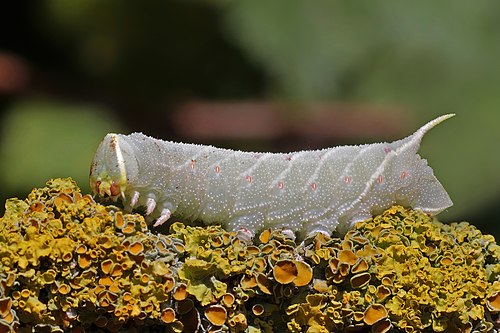User:Edgar181
This account has been indefinitely blocked by the Arbitration Committee.
If you think there are good reasons why you should be unblocked, you should review the guide to appealing blocks, then appeal by emailing the Arbitration Committee (direct address: arbcom-en![]() wikimedia.org).
wikimedia.org).
Administrators: This block may not be modified or lifted without the express prior written consent of the Arbitration Committee. Questions about this block should be directed to the Committee's mailing list.
| This user has been banned indefinitely from editing the English Wikipedia by the community. Administrators, please review the banning policy before unblocking. (block log · contributions · discussion at AN) |
 | This account has been blocked indefinitely and globally locked because CheckUser evidence confirms that the account's owner has abusively used multiple accounts.
(Account information: block log · CentralAuth · suspected sockpuppets · confirmed sockpuppets) |
- If you would like to leave me a message, please use my talk page.
About me
I am a medicinal chemist with a PhD in organic chemistry. I have worked in both academic and industrial settings doing teaching, basic research and applied research mostly in the area of drug discovery.
I currently work for a small company that collaborates with academic labs to pursue drug discovery research and to help them secure funding, such as SBIR grants, that would be otherwise unavailable to them.
I have been actively editing Wikipedia for more than ten years. I try to improve Wikipedia by creating, updating, correcting, organizing, and copyediting articles related to organic chemistry, particularly heterocyclic compounds and natural organic compounds. To get a better idea of my interests, just take a look at some of the articles I have started or this list of the most recent of the ~8000 chemical structure images I have uploaded, or see my contributions.
With my wife and kids, I live in suburban Pennsylvania.
I am a medicinal chemist with a PhD in organic chemistry. I have worked in both academic and industrial settings doing teaching, basic research and applied research mostly in the area of drug discovery.
I currently work for a small company that collaborates with academic labs to pursue drug discovery research and to help them secure funding, such as SBIR grants, that would be otherwise unavailable to them.
I have been actively editing Wikipedia for more than ten years. I try to improve Wikipedia by creating, updating, correcting, organizing, and copyediting articles related to organic chemistry, particularly heterocyclic compounds and natural organic compounds. To get a better idea of my interests, just take a look at some of the articles I have started or this list of the most recent of the ~8000 chemical structure images I have uploaded, or see my contributions.
With my wife and kids, I live in suburban Pennsylvania.
Links I use
|
Userboxes
|
Shortcuts |
Laothoe populi, the poplar hawk-moth, is a moth of the family Sphingidae. The species is found throughout the Palearctic realm and the Near East, and is one of the most common members of the family in the region. On first hatching, the larvae are pale green with small yellow tubercules and a cream-coloured tail horn, at which point they are known as hornworms. They later develop yellow diagonal stripes on the sides, and pink spiracles. This photograph, taken in Saint-Quentin-en-Tourmont, France, shows a late instar of L. populi.Photograph credit: Charles J. Sharp
| This is a Wikipedia user page. This is not an encyclopedia article or the talk page for an encyclopedia article. If you find this page on any site other than Wikipedia, you are viewing a mirror site. Be aware that the page may be outdated and that the user whom this page is about may have no personal affiliation with any site other than Wikipedia. The original page is located at https://en.wikipedia.org/wiki/User:Edgar181. |


